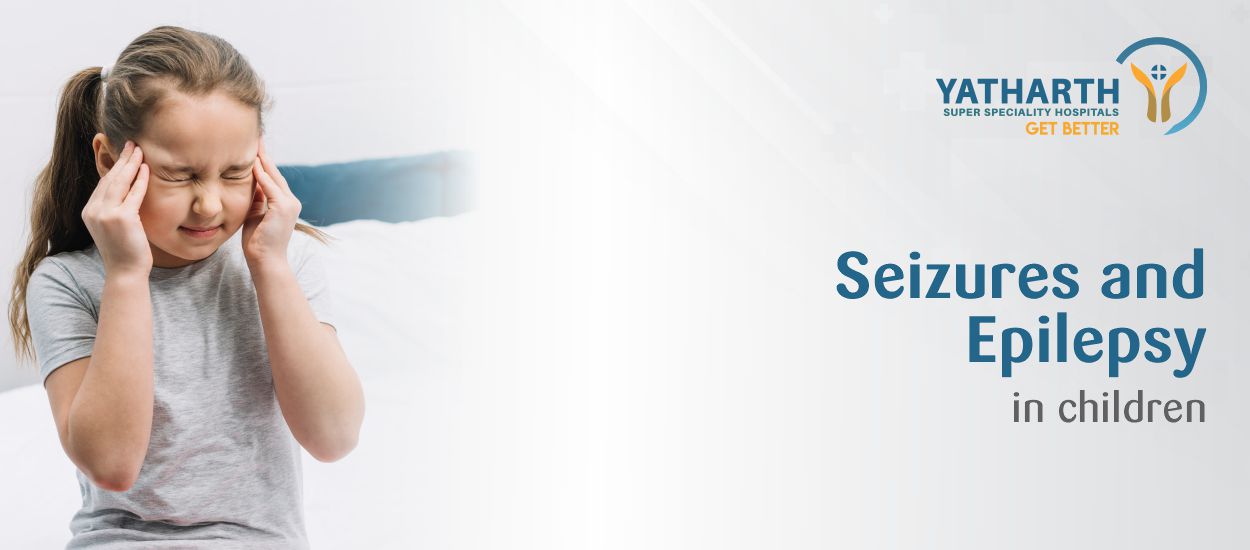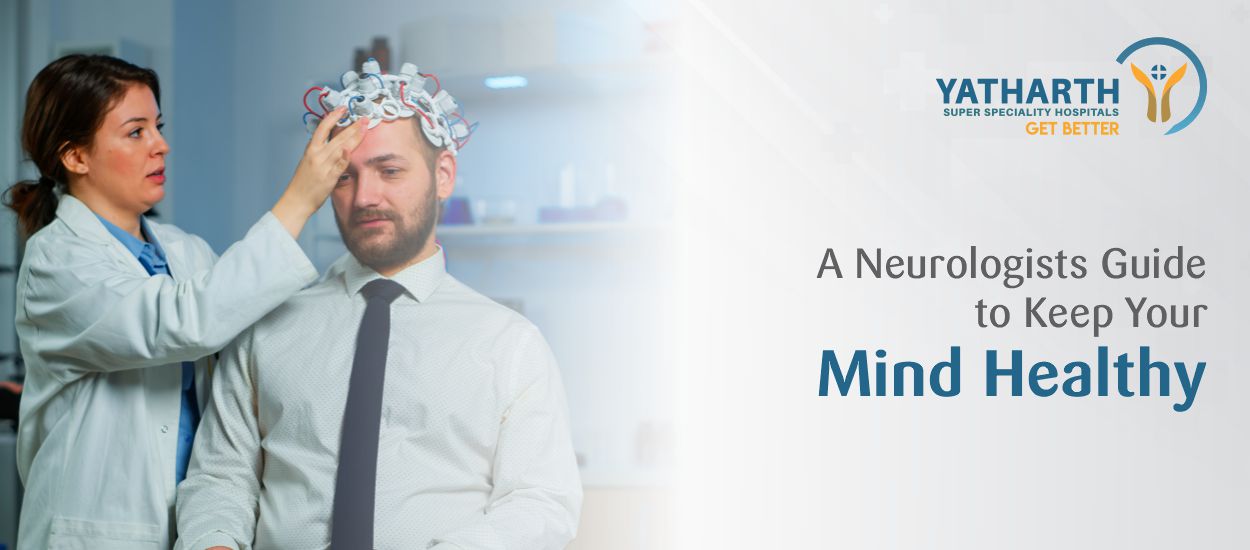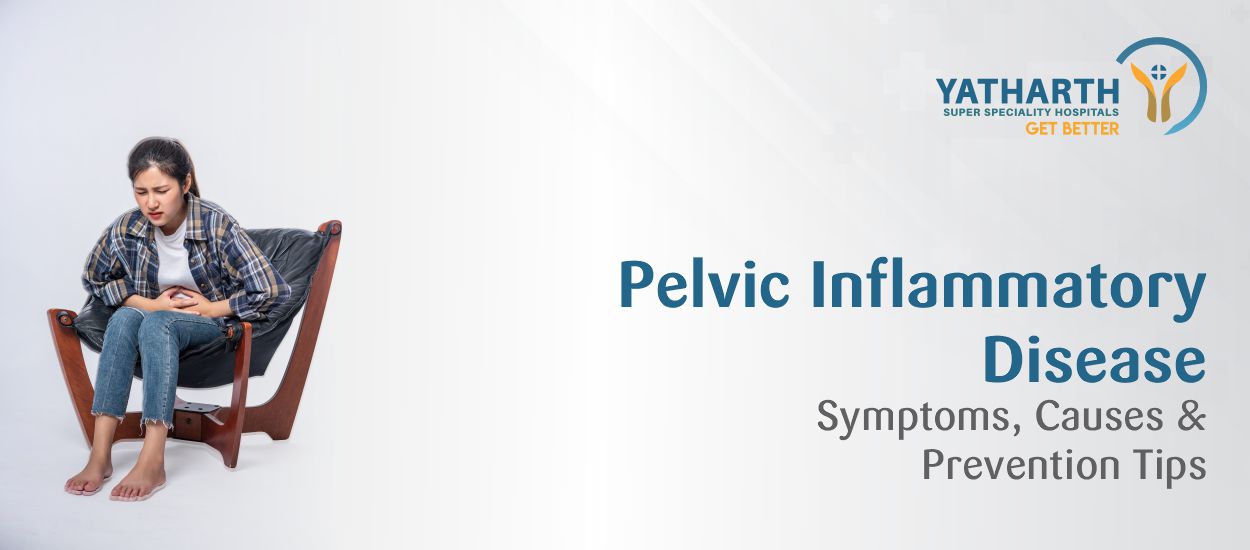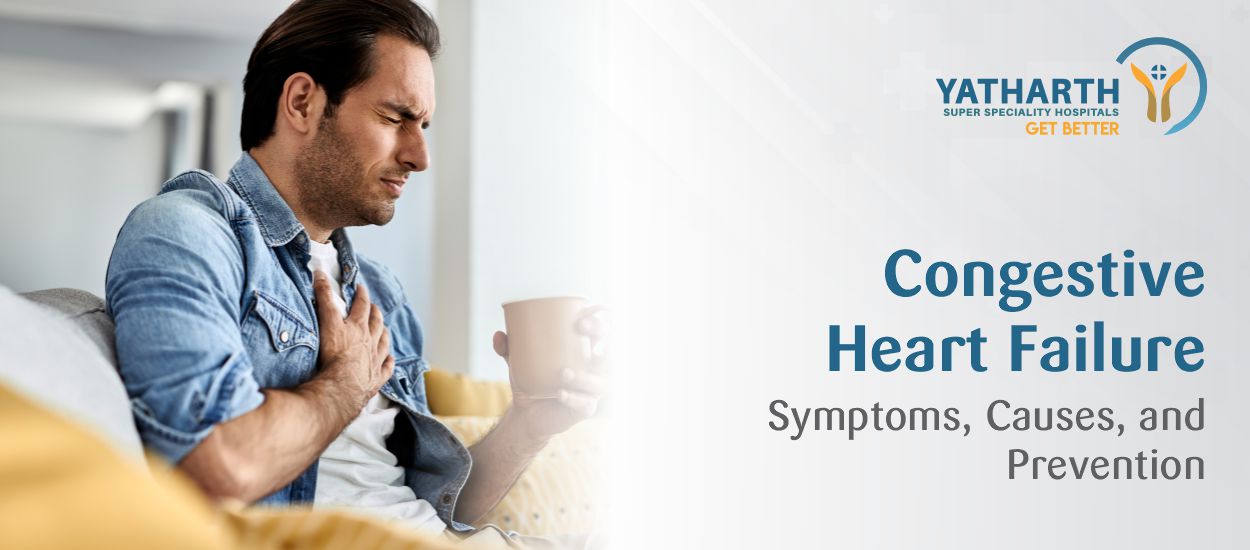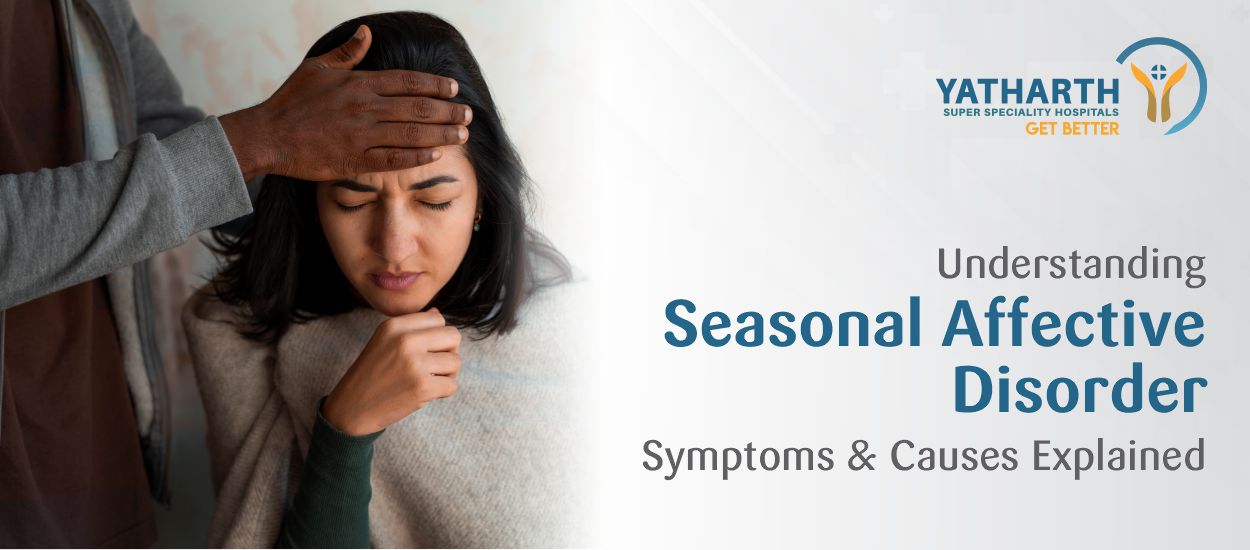What is seizure and epilepsy in childhood
While Epilepsy is a chronic disorder marked by recurring seizures, seizures are abrupt, aberrant electrical discharges in the brain. Around 6 to 10 in 1000 children in India suffer from seizures and Epilepsy; seizures and Epilepsy in children are frequent. A child's quality of life, including their ability to attend school and participate in daily activities and their cognitive, social, and emotional development, can be significantly impacted by seizures and Epilepsy. To reduce these effects and enhance the child's general well-being, early identification, and treatment are essential.
Types of seizures
Given below are the common types of seizures:
A. Generalized Seizures
Generalized seizures affect the entire brain and can take many forms.
1. Grand mal seizures often referred to as tonic-clonic, are characterized by jerking movements, stiffness of the muscles, and loss of consciousness.
2. Petit mal seizures, commonly referred to as absence seizures, are characterized by momentary unconsciousness and periods of gazing.
3. Muscle jerks or twitches that occur suddenly and briefly are signs of myoclonic seizures.
B. Focal Seizures:
Also referred to as partial seizures, focal seizures only affect a portion of the brain.
1. Simple partial seizures occur when a child is conscious and experiences changes in sensation, movement, or behavior.
2. Complex partial seizures may cause gazing, lip-smacking, or other repeated actions and are characterized by a loss of consciousness or altered awareness.
It's important to remember that certain seizures resemble both generalized and focal seizures and that some kids may have distinct seizures from others. The kind of seizures a child has can help determine the underlying causes and dictate therapy choices.
Causes of Epilepsy in Children
Given below are some of the main causes of epilepsy in children and causes of seizures in children
a. Genetic Factors:
Seizures and Epilepsy can run in families because some types of Epilepsy have a genetic component. In some situations, a person may be more prone to developing seizures and Epilepsy due to specific genes. Researchers have uncovered numerous potential epilepsy-related genes, and as genetic testing technology improves, more are being found.
b. Trauma or Injury:
Brain tumors, strokes, and head injuries can all result in seizures and Epilepsy. Sometimes, seizures take months or even years to start after an injury or trauma. The brain's electrical system can be damaged by trauma, which can result in seizures.
c. Illnesses:
Several infections, including encephalitis, meningitis, and brain abscesses, can result in seizures and Epilepsy. These illnesses can inflame or harm the brain, resulting in seizures. Some infections that develop during pregnancy or infancy can raise one's risk of Epilepsy and seizures.
d. Developmental Disorders:
Several developmental conditions, including neurofibromatosis, tuberous sclerosis, and autism, can raise the chance of Epilepsy and seizures. These conditions can interfere with the brain's and nervous system's growth, resulting in aberrant electrical activity and seizures.
e. Unknown Causes:
In some instances, the reason why children experience seizures and Epilepsy is unknown. Idiopathic Epilepsy is what this is. Unknown genetic and environmental factors could be at play here as other unidentified causes.
It's crucial to remember that seizures and Epilepsy can have various reasons, and a child may have more than one cause.
Symptoms of Epilepsy & Seizure in Children
Given below are some of the common symptoms of epilepsy in children
A. Seizure Symptoms:
Depending on the type of seizure, seizures can manifest in various ways and have various symptoms. The following are a few signs of seizure
B. Epilepsy Symptoms:
C. Epilepsy and Seizure Diagnosis in Children:
Diagnosis
A detailed medical past history and physical examination are the first steps in the diagnosis of seizures and epilepsy in children. The doctor will inquire about the child's symptoms, including the length and frequency of seizures, as well as any additional symptoms that might be present, such as behavioral problems or developmental delays. The child's nervous system will also be examined neurologically for anomalies. Children's seizures and Epilepsy can also be diagnosed with EEG or imaging examinations like CT or MRI scans. Any anatomical anomalies in the brain that may be causing seizures can be seen on these scans. Genetic testing may occasionally be used to diagnose epilepsy and seizures in children. This can aid in finding any inherited genetic disorders causing seizures.
The diagnosis of seizures and epilepsy in children may also involve using other diagnostic procedures, such as a lumbar puncture or a sleep study. These tests can provide further information about the child's status and help rule out other possible common causes of seizures in children.
Treatment
Children's seizures and Epilepsy are often treated with a mix of prescription drugs, surgery, and non-pharmacological methods.
The most popular kind of treatment for seizures in children is medication, generally referred to as antiepileptic medications (AEDs). They can lessen the frequency and intensity of seizures by changing the electrical activity in the brain. The type of seizure, the child's age and general health, and any potential adverse effects of the medicine will all influence the treatment decision.
For kids with seizures and epilepsy who do not react to medication, surgery may potentially be a viable choice. The brain region generating seizures may be removed during surgery, or seizure-controlling devices may be implanted. Children with epilepsy and seizures may benefit from non-pharmacological treatments such as relaxation techniques, cognitive therapy, and behavioral therapy. These therapies can teach kids how to manage their seizures and lessen how they interfere with daily life.
A common cause of treating seizures in children is monitoring and follow-up. Regular EEG tests to assess the child's development and continuous seizure and drug side effect monitoring may be part of this.
Additionally, it's critical for parents and other carers to educate themselves on Epilepsy, seizures, and how to react in the event of a seizure. To ensure that the child receives the proper care and support, they should also engage closely with healthcare professionals.
